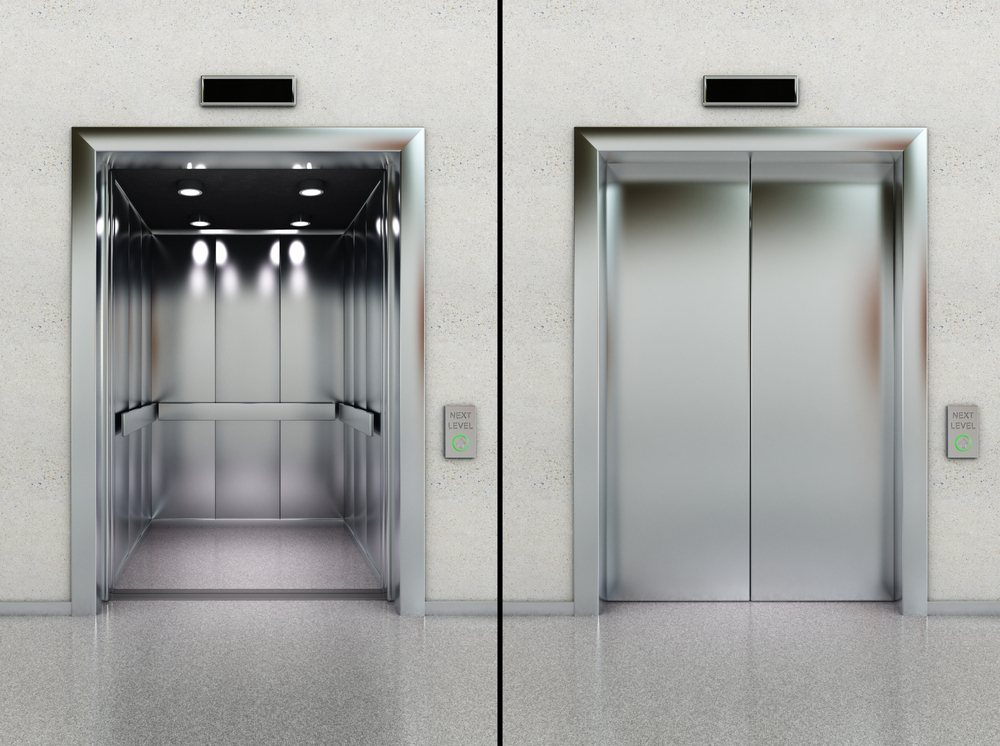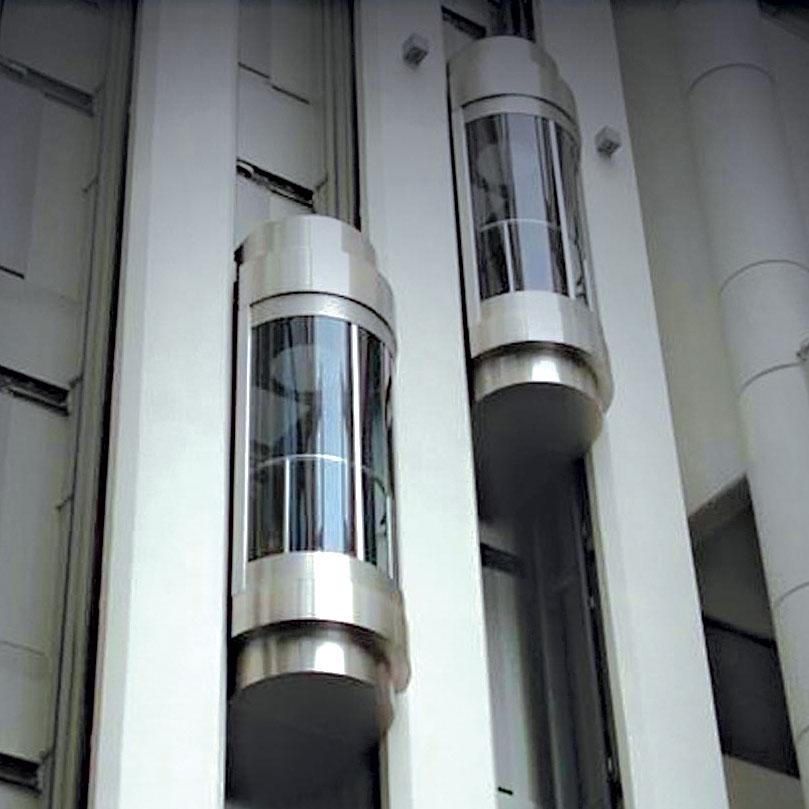Discover the very best Disabled Platform Lifts Prices UK for Residential and Commercial Usage
Discover the very best Disabled Platform Lifts Prices UK for Residential and Commercial Usage
Blog Article
Deciphering the Complexities of Lift Innovation: Troubleshooting Common Troubles Throughout Lift Versions
In the realm of lift innovation, a myriad of details frequently exist underneath the surface area of what shows up to be a straightforward system. From sluggish procedure concerns to strange sounds rising from the equipment, repairing common problems across various lift designs demands a keen eye for detail and a methodical strategy - repair and maintenance services. As we embark on this trip to unravel the complexities that can plague these essential devices, a deeper understanding of the inner workings and potential mistakes of lift technology is essential. Stay tuned as we navigate through the maze of lift breakdowns, looking for solutions to the enigmatic problems that can interfere with the smooth performance of these crucial devices.
Determining Slow Operation Issues

Next, check the electrical links to make certain that all parts are effectively linked and working. Defective wiring or loose links can cause slow down operation or complete breakdown of the lift system. In addition, it is vital to check the control system to identify if the issue depends on the shows or sensors.
If the visual examination and electric checks do not expose the source of the sluggish procedure, more diagnostic tests might be needed. These might consist of stress tests for hydraulic systems, voltage examinations for electrical components, or running analysis software application for the control system. repair and maintenance services. By following an organized technique to troubleshooting sluggish operation concerns, you can effectively identify and settle the issue, making certain the lift operates securely and efficiently
Addressing Odd Noises
To properly troubleshoot lift modern technology for unusual sounds, an extensive examination of the lift elements adhering to the identification of slow-moving operation problems is necessary. Unusual sounds in lifts can be a measure of underlying issues that call for prompt interest to make certain the safety and dependability of the system. Usual sources of unusual sounds in lifts include worn-out or misaligned sheaves, harmed electric motor bearings, loose or damaged suspension ropes, and malfunctioning control systems. When dealing with odd sounds, it is important to carry out an organized examination of these components to identify the precise source of the sound accurately. This may involve inspecting for any kind of noticeable indicators of wear and tear, checking the performance of electric motor bearings, tightening up loosened connections, and lubing relocating components as needed.
In addition, it is essential to describe the lift producer's maintenance guidelines and look informative post for aid from certified technicians when dealing with intricate lift parts or unknown troubleshooting procedures. By promptly addressing strange sounds and solving underlying concerns, lift operators can ensure the optimum efficiency and security of the lift system for travelers and operators.
Solving Faulty Control Problems
A reliable technique for addressing malfunctioning control problems in lift innovation entails carrying out a thorough evaluation of the helpful site control system's parts and functionality. When running into issues with lift controls, it is vital to first look for any kind of loose links, harmed wiring, or malfunctioning sensors. Validating that all control display screens, keypads, and buttons are functioning appropriately is also vital in detecting the problem accurately.
If no noticeable concerns are apparent, service technicians need to proceed to examine the control board for any kind of indicators of water overheating, damage, or rust, as these can usually lead to control malfunctions. Additionally, resetting the control system or updating the software may help deal with certain glitches or bugs causing the problem.

Tackling Hydraulic System Malfunctions
The efficiency of hydraulic systems in lifts depends greatly on the correct performance of various components within the system. When hydraulic systems malfunction in lifts, it can lead to functional interruptions and safety and security problems.
Additionally, abnormalities in hydraulic fluid levels or unusual sounds throughout important site lift procedure may show underlying system malfunctions that need prompt focus to stop additional damages. Regular upkeep and prompt troubleshooting of hydraulic system problems are crucial to making sure the reliable and secure operation of lift technology.
Handling Electric Part Failures
Attending to electrical element failings in lift modern technology demands a systematic approach to diagnosing and dealing with concerns to preserve operational performance and safety criteria. When coming across electric issues in lift systems, it is essential to initial conduct a thorough examination of the electrical parts, including control board, wiring, sensing units, and motherboard. Any type of indicators of damage, rust, loose connections, or burned elements must be carefully kept in mind and addressed quickly to stop additional difficulties.
In the case of electrical part failures, it is necessary to adhere to manufacturer standards for troubleshooting and repair service treatments. This may include examining the components using multimeters, oscilloscopes, or other diagnostic devices to determine the specific source of the malfunction. Furthermore, having a thorough understanding of the lift's electric schematics and wiring diagrams can help in determining and fixing concerns efficiently.
Regular maintenance and evaluation routines can assist stop electric failings by detecting potential problems early. Correct training for lift technicians on electrical systems and components is also important to guarantee precise diagnosis and efficient resolution of electric issues, eventually adding to the general security and dependability of lift operations.
Conclusion
To conclude, troubleshooting lift technology requires a systematic approach to recognize and resolve usual troubles such as sluggish procedure, unusual noises, defective controls, hydraulic system malfunctions, and electrical part failings. By comprehending the complexities of lift technology and adhering to appropriate fixing steps, technicians can effectively settle concerns and make certain the efficient and safe procedure of lifts across various versions.
To properly repair lift innovation for unusual noises, a comprehensive examination of the lift parts complying with the identification of slow-moving procedure problems is crucial. Unusual sounds in lifts can be a sign of underlying problems that call for timely focus to make sure the safety and dependability of the system.An effective approach for dealing with faulty control issues in lift modern technology includes performing a detailed assessment of the control system's parts and performance.The performance of hydraulic systems in lifts relies greatly on the proper performance of various elements within the system. repair and maintenance services. When encountering electrical troubles in lift systems, it is essential to initial conduct a detailed evaluation of the electric parts, including control panels, electrical wiring, sensors, and circuit boards
Report this page